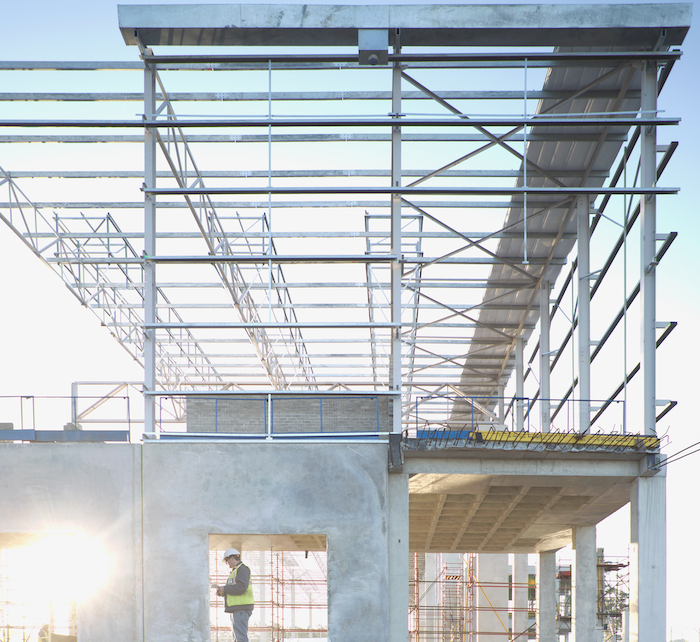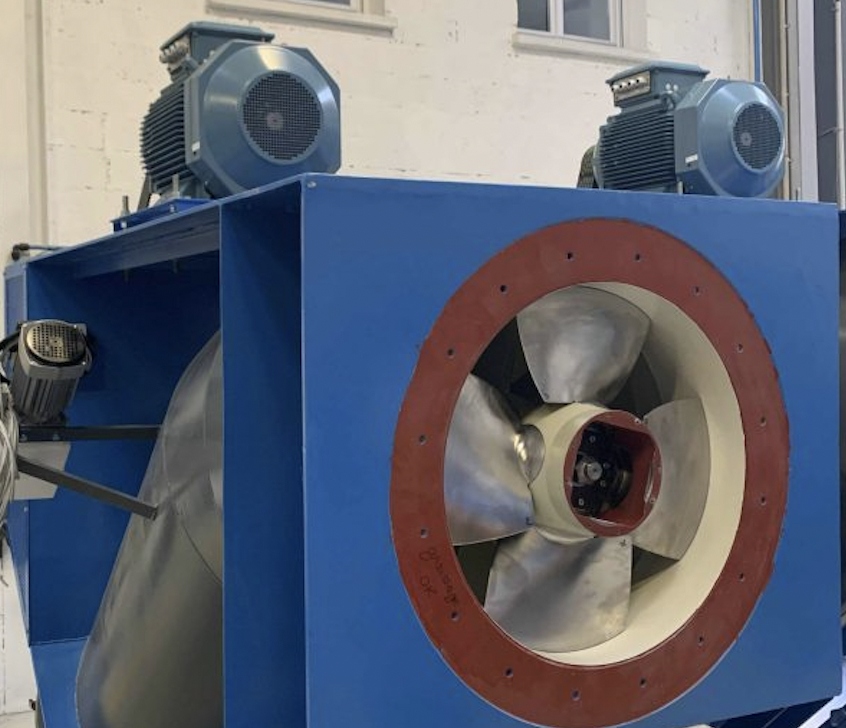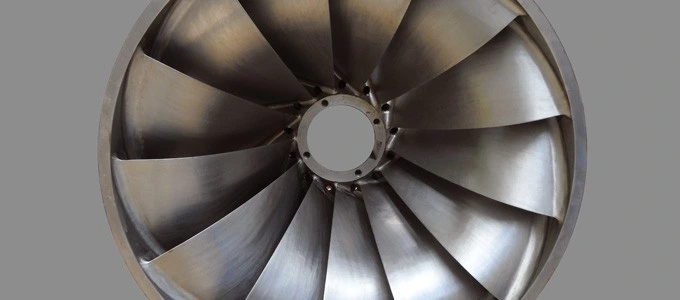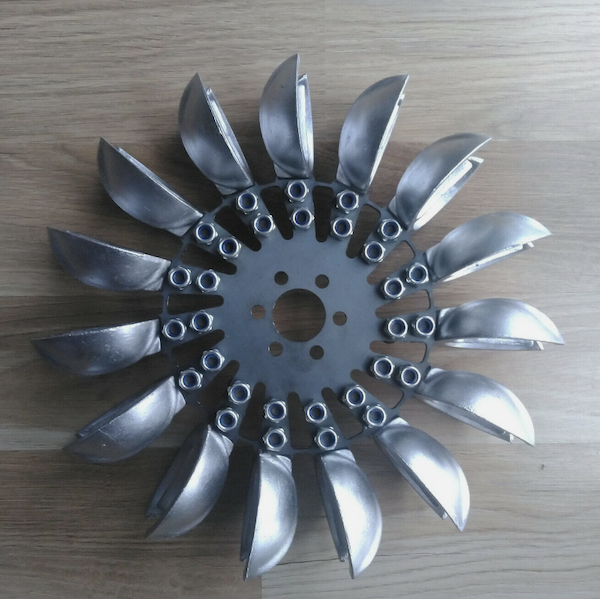Importance of Structural Connection Systems
Structural connection elements play a critical role in maintaining the integrity of all structures such as buildings and bridges. In the construction industry, bringing together many components in a harmonious way is extremely important. From this perspective, the need for solid and reliable connections is again understood. At this point, structural connection systems come into play. Construction connection elements are the components that make up this connection system. Connection elements ensure the robustness, safety, and functionality of any building or infrastructure. In our content, you can explore many topics such as structural connection systems, material selection, and strength, and find answers to your questions.
What Are Connection Elements and What Are They Used For?
Construction / structural connection elements are usually equipment used to join two or more materials together and fix them in place. These equipments are made of various materials such as metal, plastic, or composite, depending on the structure. Thanks to the variety of materials, work is done with equipment suitable for the needs of the construction. Connection elements serve to safely hold a structure together. Additionally, they have specific functions such as resistance to corrosion or distributing loads across multiple materials. Thus, necessary safety and integrity are provided in all structures from buildings to bridges. Moreover, each project requires different types of connection elements to ensure a strong and safe structure. Therefore, choosing the right connection elements is very important for the structure to be strong, safe, and durable. For example, looking at what building connection elements are, many materials and terms stand out. In steel-framed buildings, connection elements are generally bolts, welds, and connecting plates. These elements serve to connect the layers of the building and increase the building’s durability.
In reinforced concrete structures, however, the connection elements vary. In structures containing concrete, you often see reinforcement connection elements. Reinforcement refers to iron rods that increase the durability of reinforced concrete structures. That is, the connection elements that provide strength to the structure are called reinforcements. Another connection element that prevents the reinforcement from slipping is the anchoring elements. They ensure the reinforcement is placed correctly. Especially during concrete pouring, these materials are needed to prevent the reinforcement from slipping. In addition to this, various other elements like connection clamps and placement hooks stand out in reinforced concrete structures. These elements vary greatly. Therefore, choosing the right type of connection element is necessary to ensure the structure is strong, safe, and durable.
Material Selection in Structural Connection Systems
Various materials are used at different points of structures. Architects, designers, and builders consider various criteria when deciding which materials to use in the design and construction of a structure. These criteria can be cost, product durability, performance, and aesthetic factors. Additionally, there are criteria such as indoor air quality, energy efficiency, carbon footprint, environment, and sustainability. Material selection directly affects the performance of these connection systems. The strength, toughness, and fatigue resistance of the materials used in connection systems determine the safety and durability of the structure. Therefore, choosing the right material is extremely critical. At this point, materials science is valuable. Since materials science examines the structure and properties of materials, it is an indispensable field of study in structural connection systems. Therefore, it is necessary to make effective use of materials science when creating connection systems. This allows for informed decisions to be made, and potential problems in design and application can be easily resolved.
For example, let’s look at the criteria of strength and durability in material selection. Strength is the most important factor in the selection of construction materials. If a building needs to carry large loads, choosing high-quality steel is important. There are different qualities of steel materials on the market. It is necessary to choose the most appropriate one according to the required strength for the structure. Durability, on the other hand, is related to longevity. A high-quality material may be more expensive than others. However, low future maintenance costs can compensate for this. Transportation and storage processes are also decisive in material selection. This criterion directly affects the duration, cost, and many other factors of the construction. In terms of environmentally friendly practices, one of the most important criteria is sustainability. Sustainable practices are needed for low carbon emissions. Finally, climate conditions are also an important consideration when selecting materials for connection elements. The average temperature range, rain, snow, and wind parameters should be taken into account. The most appropriate material selection should be made according to all these and similar criteria.
How Should the Manufacturing Process Be?
After selecting materials according to specific criteria, the next step is the production process. This process is just as critical as material selection. Steps such as processing the material and giving it form must be done professionally and correctly. Processing and forming change the microstructure of the material, thus altering its mechanical properties. These applications consist of processes such as casting, welding, and rolling. For example, among these, welding is a critical manufacturing process in creating strong and safe structures. Welding, which joins parts through heat and pressure, varies according to criteria such as cost and efficiency. A quality welding process is an inseparable part of the integrity and longevity of structures. The casting process also plays a very important role in the production process. Casting is primarily used to shape metal materials, thus reducing the need for processes like welding. Understanding how these processes affect the material also requires knowledge of materials science.
The other two important aspects of the production process are heat treatment and surface treatments. What is heat treatment? In heat treatment, materials like steel can be hardened or toughened. This involves applying heat to the steel or other relevant materials and then cooling them to improve their durability and properties. Here, the two most important points are the heating temperature and cooling rate. Appropriate equipment is needed for the effective management of steps such as heating and cooling when applying heat treatment to a material. Surface treatments are used to improve aspects such as corrosion resistance and aesthetic properties. Finally, they also offer advantages like protection against moisture and prevention of mold formation. Materials science examines how these applications change the surface properties of materials. It also looks at how surface treatments contribute to the overall performance of the material.
Frequently Asked Questions About Structural Connection Systems
What are structural connection elements?
Equipment that serves to maintain the integrity of structural connection systems is called structural connection elements. Various equipment such as bolts, nuts, welds, iron rods, and placement hooks make up the connection elements.
What are the interests of materials science?
Materials science is a field of study that examines the structure and physical properties of materials. For example, it investigates how processes like casting or welding affect material properties. Additionally, materials science provides benefits in optimizing the properties of materials and designing better materials.
What is strength in construction?
Strength refers to the resistance of materials to external forces. In other words, it is the capacity of materials to withstand the load applied to them.
Does strength increase with temperature? Generally, materials lose their strength as the temperature increases. For example, in steels, an increase in temperature has an effect that reduces strength.




